- Tuesday, 23 September 2025
Baneshwor: Past And Present
What pictures does your mind conjure up when someone utters Baneshwor? You, like many others, may think of it as a prime location in the Kathmandu Valley; and, also, there are two Baneshwors. Yes, for the people representing the present generation, there are two Baneshwors- old and new. These are two different places.
The new Baneshwor is located near Minbhawan, and it has a parliament building now, while the Old Baneshwor is near Battisputali, Gaushala. This prime place can be described in many other ways - Baneshwor has a Thapa Gaon; there is a CDO Tole and Everest Hotel as well. But, Baneshwor is 'neither old nor new'- it is what a writer claims.
Baneshwor is a vast place stretching from Minbhawan in the east-south to Dhobikhola in the west to Battisputali in the north. It is, however, a matter of the past. The past borders of this prime place have vanished and new ones have sprouted up. This area is re-demarcated and redefined by effacing the old heritages. The book under review, 'Baneshworko Serophero' written by senior advocate Shreehari Aryal, is a meticulous description of such things. It reflects the society, culture and history of Baneshwor.
The Dhobikhola stream running west of Baneshwor is no longer pristine; there is no dhobi ghat on the bank of this stream; there are nowhere the hollow reeds (narkat) to feed the cow and bulls coming from the Pashupati area; there are no more the wells, sattals and stone taps. Gauchar, pasturelands for cows have vanished. Finding open public space is difficult. What is there in Baneshwor is a jungle of concretes!
The autobiographical book also presents the views of many of the writer's friends, neighbours and senior ones on how they saw the system, culture and society in Banewshwor and its vicinity. Even references from different books are presented minutely to enliven the account.
The book also serves as a mirror to observe the changes undergone in Nepal's major cities. The memoirs shared by the old ones describe how the time and taste of Rana rulers were. As the settlement closest to different durbars like Babar Mahal, the place named after Babar Shumsher, the stories of the past shared by the senior people are very interesting and intriguing at the same time. The early generations residing in Baneshwor were servants to the Rana rulers.
Coming from different parts of the country, the Brahmins and Chhetris were mostly the priests and armies mobilised by the rulers. The Chakari system was a form of bureaucracy, and the salary was, most of the time, the allocation of land. "The society used to regard it well once one went to Rana's palace and was involved in the chakari.
The Chakari system was then the state-recognized culture indeed. It was regarded as a high-profile job to do the chakari. And everyone in the society could not get the opportunity to serve the Rana rulers. I had heard the people used to throng the gate of Rana palace for chakari (Page 42)". It is however worrying that Nepali bureaucracy is still plagued by the chakari- inheritance of the Rana system.
There are various other accounts about the Rana rulers. Firing salvos was a means of communication during the time. Salvoes were fired to inform people about the significant events that occurred in the royal and Rana palaces.
Interestingly, in one incident, prime minister Chandra Shumsher had to return to the royal palace all of sudden from Gokarna Forest while he was enjoying a picnic after he heard that the salvos firing. He was afraid whether other courtiers had seized his power.
Actually, the salvos were fired to celebrate the birth of Prince Mahendra in Jeshta 1977BS. Chandra Shumsher was unaware that the royal palace was getting a new member!
The book, though focused on Baneshwor, mentions vicinities well. Not only the agriculture but also the culture of people living in Dillibajar and Patan are described. People in Dillibazar, named after colonel Dilli Singh during the time of Junga Bahadur, used to regard themselves as the elite ones. The writer has mentioned that those living beyond the Dhobikhola stream (Baneshwor) were termed inferior, 'pakhe' and ' kanthe' as recent as 2025BS. Dillibazar people must have boasted their status as they were near Singha Durbar, the central administrative complex, set up by Rana Prime Minister Chandra Shumsher.
There are a lot of interesting hearsays for the readers. "When Babar Shumsher heard from an Indian radio station that Nepal got a democracy in 2007BS, he had kicked and hurled the radio set (Page 42)".
I was surprised to read that some Rana rulers were fond of eating goat meat- the goats were brought from Khotang, an eastern hilly region.
Gender discrimination was entrenched among the Baneshwor people before 60 years. Preference for a son was obvious- females were subjugated and regarded as the being to serve the male ones. The marriage was conducted only after matching the china tipan. One can be surprised to read that such a practice was in place for six decades in Kathmandu. "Before marriage, even the boys were not given a chance to view the would-be bride. The girl couldn't see the prospective groom.
The marital relation was established only after the china tipan from both sides match each other (pg 79)".
The decadence of spiritual behaviour among the Baneshwor people is reminded in the book. "It bore significance to stay clean and chaste in the past. People used to enjoy the spiritual bliss rather than material progress (Pg 71)".
Describing the Thapa Goan of Baneshwor and the people there, writer Aryal mentions 'Thapa' was the title given to the warriors by the then rulers.
According to him, there are Godar Thapa and Bagale Thapa in Baneshwor. The arrival of various other Brahmin people including his own family- Aryal and Poudel, Bhattarai- and their expansion in Baneshwor are explained in the book. According to the book, there were 367 households in Baneshwor in 2012BS.
Prevailing superstitions, poor health conditions- belief in treatment by shamans, English school is taken as invasive study, and eroding Sanskrit culture are other issues in the book.
Undoubtedly, the book has adequate capacity to complement the history of Nepal's urbanisation and development and social and cultural changes.
The book, published by Mrs Janani Aryal (Bhandari) has 584 pages including annexes. Its price is Rs 1,000.


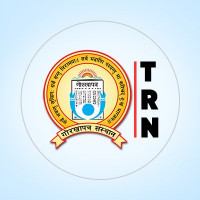
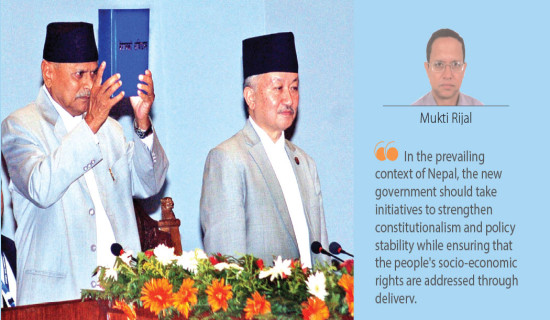
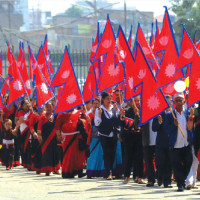
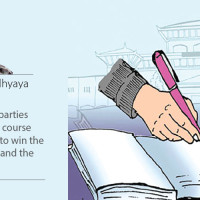
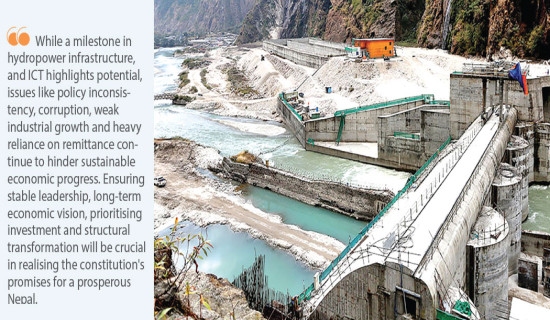
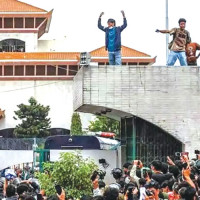
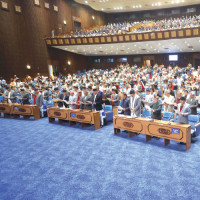
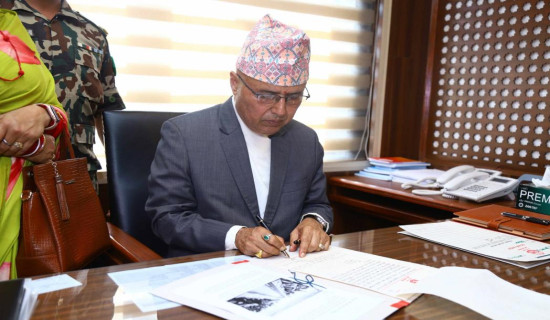

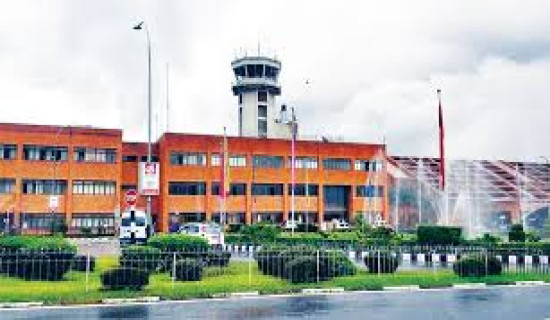
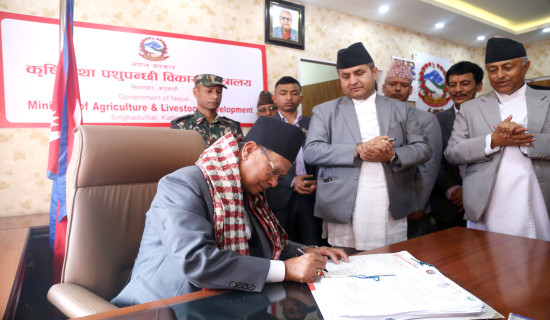
-original-thumb.jpg)
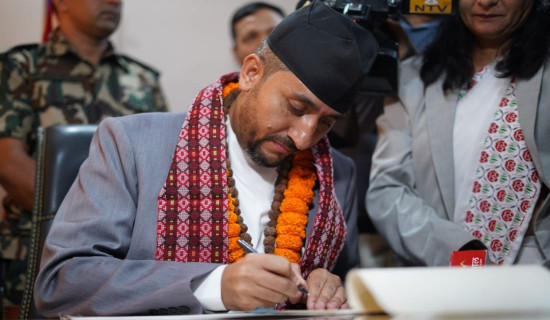
-original-thumb.jpg)
